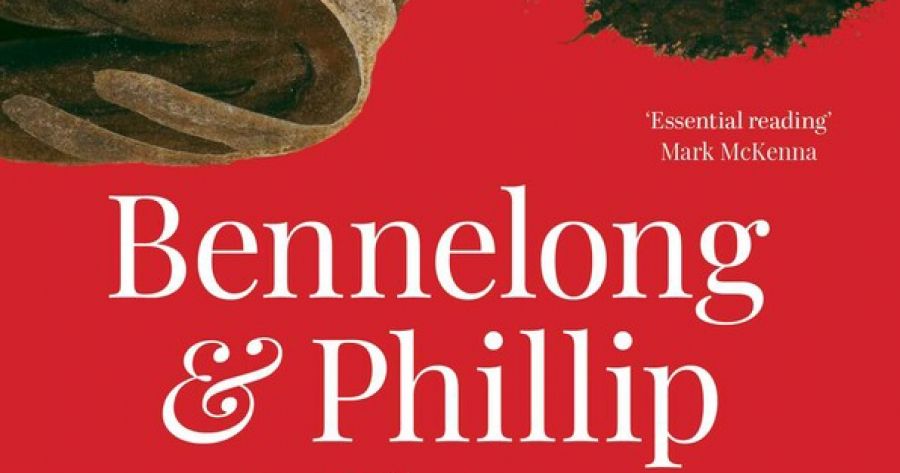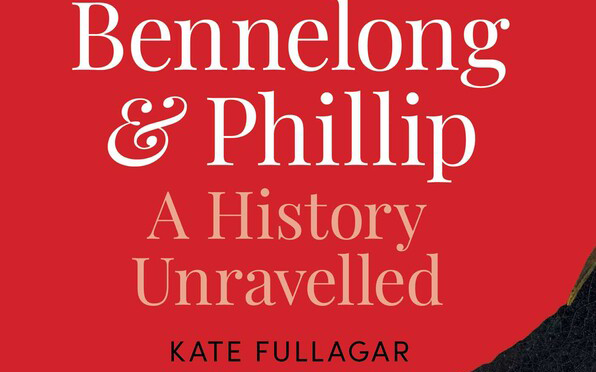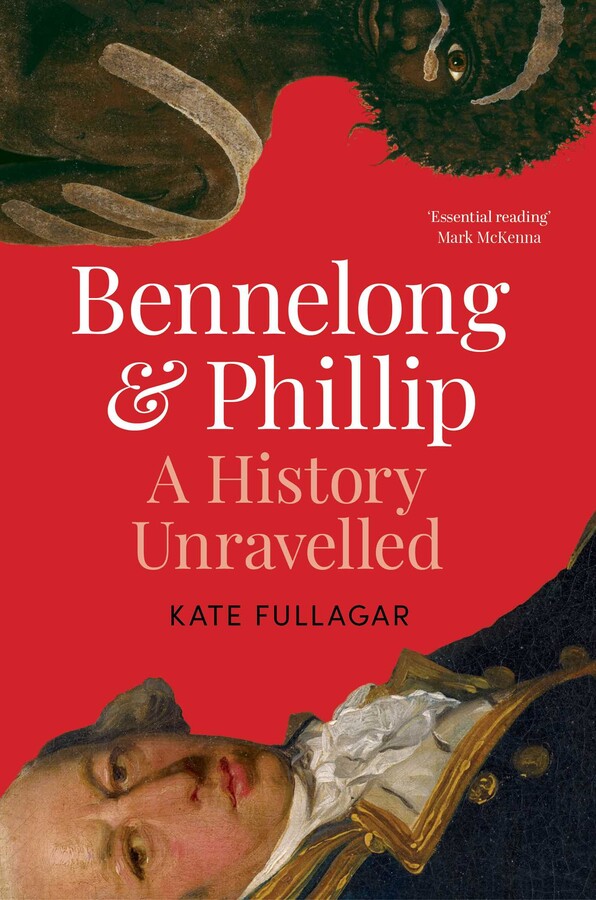
- Free Article: No
- Contents Category: Australian History
- Review Article: Yes
- Article Title: Intertwined lives
- Article Subtitle: Bennelong and Phillip’s extended encounter
- Online Only: No
- Custom Highlight Text:
The story of the extended encounter between Eora Aboriginal man Bennelong and Arthur Phillip, first governor of the British colony at Sydney, has often been told as both emblematic and predictive of the history of British possession of Australia, and of Aboriginal dispossession. Historians such as Grace Karskens and Keith Vincent Smith have peeled back the layers of this narrative to find ways of telling more complex, contextualised, and open-ended stories. Fullagar reaches a new stage in this journey, and the journey of Australian history more generally. She offers a fresh perspective on Bennelong and Phillip, on the nature of their exchange and the broader currents in which they swam.
- Featured Image (400px * 250px):

- Alt Tag (Featured Image): Emma Dortins reviews ‘Bennelong & Phillip: A history unravelled’ by Kate Fullagar
- Book 1 Title: Bennelong & Phillip
- Book 1 Subtitle: A history unravelled
- Book 1 Biblio: Scribner, $55 hb, 316 pp
- Book 1 Cover Small (400 x 600):

- Book 1 Cover (800 x 1200):

Bennelong and Phillip were intensely engaged with each other for about six years from November 1789, when Bennelong and Colebee were taken prisoner on Phillip’s orders, to early 1795, when Bennelong left Phillip in England and returned home. This combined biography of two intersecting lives finds deep resonances that go beyond this short period and put it into perspective – both on the personal scale and on the larger stage, as Fullagar advances her ongoing project of drawing out and contextualising cross-cultural exchanges in the context of British expansionism.
Bennelong and Phillip largely built and maintained their relationship in Eora Country, and in and around London, where Fullagar examines the perspectives each gained on the world of the other. The book also looks towards a more global view than that embodied in those two poles: the two men exchanged gazes via Rio de Janeiro and the window onto British India offered by the trial of Warren Hastings (Bennelong attended sessions while in London). Aboard the Atlantic on his journey to the northern hemisphere, and the Reliance on the return journey, Bennelong was also immersed in the close circles of patronage that shaped Phillip’s life and career as a man dedicated to naval service (the engine of British imperialism), and left his mark there, with two-way cultural exchanges documented by several shipboard companions.
A strong thread in the book is Fullagar’s analysis of the role of women in Bennelong’s and Phillip’s lives. She pays close attention to Phillip’s connections with and separation from women, with much of his life lived in the homosocial world of ship and naval service, as well as his linked ideas about the proper role and place of women. She takes careful account of Bennelong’s three marriages and his relationships with his sisters. Fullagar rereads documented events such as Bennelong’s wounding of and then marriage with Kurubarabula in late 1790, to find a story in which women are part of the Eora political world. Phillip’s and his officers’ confused responses to these events come from a place where women are separated from the public sphere. Bennelong’s first and third wives, Barangaroo and Boorong, also feature strongly, with Boorong playing a key,though much less recognised role as a translator and negotiator, as Meredith Lake has also established.
Fullagar seeks to understand both men’s wider cultural worlds. With Phillip, the current ideas are well documented, though Fullagar must still ascribe particular positions to Phillip as an individual with some circumspection. For example, she considers it important, but finds it hard to place Phillip’s own thoughts on the European collection of and trade in human remains. With Bennelong, it is more difficult, especially within Fullagar’s acknowledged limitations as a settler historian. For example, she meditates briefly on Bennelong’s connection with whales – he summoned Phillip to his spearing at a whale feast, and commemorated the death of his wife Barrangaroo at a similar feast. Bennelong’s totem has been documented as a ‘large fish’, and she wonders whether perhaps this fish was the whale. She strikes a good balance between acknowledging that her interpretation may not be right, while remaining committed to showing what historians should be looking and listening for to have a fuller picture.
Via her unravelling process, Fullagar finds two men who, notwithstanding some mistakes and diversions, stayed true to themselves. Phillip, in brief, was dedicated to the service of a particular vision of British imperialism, in which the governorship of the Sydney colony (1788–92) was one chapter in a long and varied service career. Bennelong was committed to the continuation and resilience of Eora lifeways, laws, and cultural systems, and played the role of negotiator in line with this commitment. His decision to move out of the affairs of the colony after he returned from England was not made readily, or immediately, but was decisive and saw him again completely engaged in the work of his own culture.
A second result of Fullagar’s contextual reading is a nuanced and questioning view of the détente between Eora peoples and the colony from October 1790. She shows how Bennelong and Phillip played leading roles in navigating through a number of serious conflicts during that period to maintain equilibrium, including the spearing of Phillip’s gamekeeper John McEntire near Kamay-Botany Bay. Around this incident, she argues, both men made significant diplomatic mistakes, but they can be seen to learn from them as they exercised a range of approaches to the shifting situation, maintaining general peace across the following three years. The concept of détente provides an overarching framework for a steady interpretation of series of events (and interventions) that can seem stop-start and incoherent. It is a framework similar to Stephen Gapps’s interpretation of the period under the rubric of the Sydney wars, but from a contrasting perspective.
Bennelong and Phillip offers a reinterpretation of Britain’s move away from negotiating a treaty with the Eora and surrounding Aboriginal peoples following Phillip’s departure. Fullagar builds on her previous work in The Savage Visit (2012), where it is clear that British imperial policy was shifting in the last decades of the eighteenth century away from its former emphasis on gaining territories legally. Phillip, however, had New World precedents firmly in mind, and was expecting that Bennelong and Yemmerawanne would be received in England as envoys, who might meet with the sovereign and discuss formal arrangements for claiming land. Of course, Fullagar notes, Bennelong and Yemmerawanne may have rejected any terms offered. That no such discussions took place, and no acknowledgment of Eora sovereignty was offered, highlights afresh how far Australia has to go to arrive at recognition and conciliation.
An earlier version of this review appeared in the Professional Historians Australia reviews pages, 8 November 2023.


Comments powered by CComment